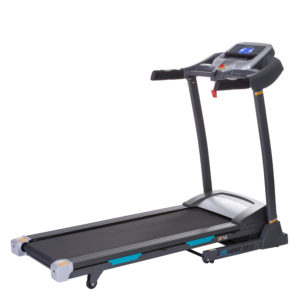
It turns out that your P.E. teachers did have some method behind their madness of making students run a mile as part of the physical education curriculum. And while they may not have intentionally tried to improve your efficiency, running long and frequent distances can improve your running performance.
In fact, there are multiple ways you can train to increase your running speed. Three key factors to focus on include running economy, running speed, stride length.
Running Economy
Running economy is the amount of calories you need to burn in order to run a mile. The calorie-burning process is complex, since it depends on your total weight and oxygen consumption rate. So, it can be hard to measure how much each variable individually affects your running economy. However, training volume, perfecting your running form, and losing excess body weight will increase your running economy. The better your running economy, the more comfortable you’ll feel running at a faster pace.
Stride Length
Stride length is responsible for increasing speed up to 90% of an individual’s maximum speed. So if running more frequently helps increase running economy, how do we increase stride length? For starters, you can perform hill sprints. Running quickly uphill cause your body to produce more power to stride up an incline. You can also incorporate weighted vest or sleds into your strategy to increase workout intensity for an improved stride length.
Stride Frequency
Stride frequency is the number of strides you can take in a minute. If you can increase your stride frequency, then your will cover more ground in a shorter amount of time. Factors that affect stride frequency include ground contact time, braking force, and muscle fiber recruitment. Ground contact time is the amount of time your foot stays on the ground before the next stride is initiated. Braking force is the amount of force created if you over stride and your body receives a push back each time your foot strikes the ground in front of your body.
Increasing the recruited of fast twitch muscle fibers will also help increase your stride rate. Unlike, stride length training that involves adding resistance to your body while running, increasing stride rate involves training your body to react quickly. You can do this by sprinting down a low incline hill and performing quick plyometric movements like squat jumps, split jumps, and box jumps.
If you’re not quite sure how to start training to increase your mile speed, start by increasing your training frequency to boost your running economy. Check out the EFITMENT T012 Treadmill for an in-home running option.
